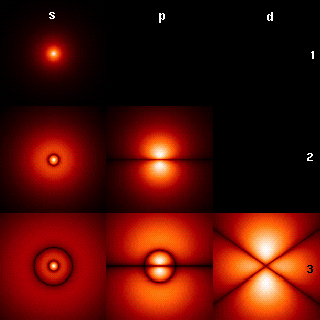Course Description
This course provides the fundamental computational toolbox for solving science and engineering problems. Topics include review of linear algebra, applications to networks, structures, estimation, finite difference and finite element solutions of differential equations, Laplace’s equation and potential flow, …
This course provides the fundamental computational toolbox for solving science and engineering problems. Topics include review of linear algebra, applications to networks, structures, estimation, finite difference and finite element solutions of differential equations, Laplace’s equation and potential flow, boundary-value problems, Fourier series, the discrete Fourier transform, and convolution. We will also explore many topics in AI and machine learning throughout the course.
Course Info
Learning Resource Types
grading
Exams with Solutions
notes
Lecture Notes
Instructor Insights
Editable Files
assignment
Problem Sets
Problem Set Solutions

The wave functions associated with the bound states of an electron in a hydrogen atom can be seen as the eigenvectors of the hydrogen atom Hamiltonian as well as of the angular momentum operator. (Wikimedia image © unknown author. License CC BY-SA 3.0. This content is excluded from our Creative Commons license. For more information, see https://ocw.mit.edu/fairuse.)










